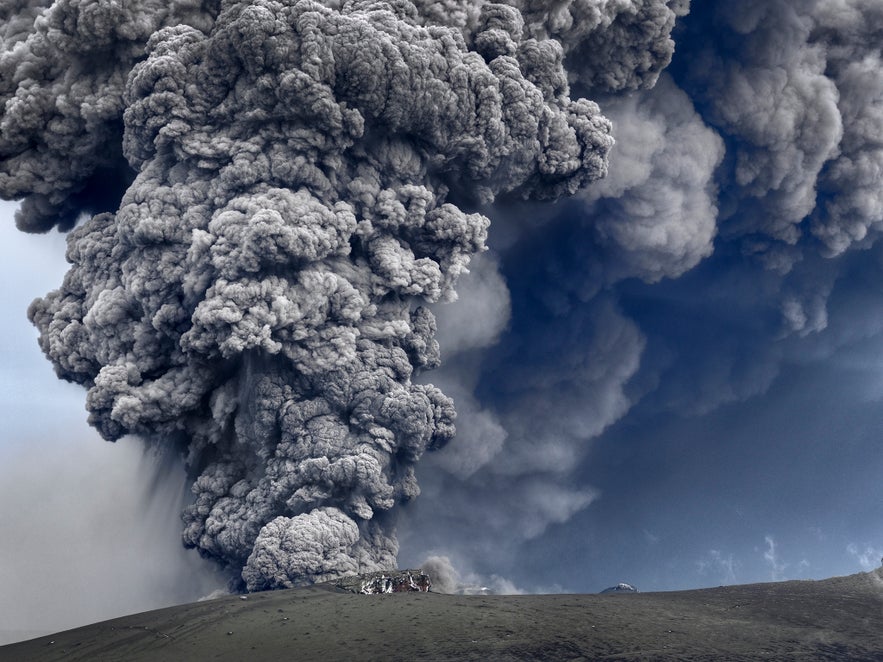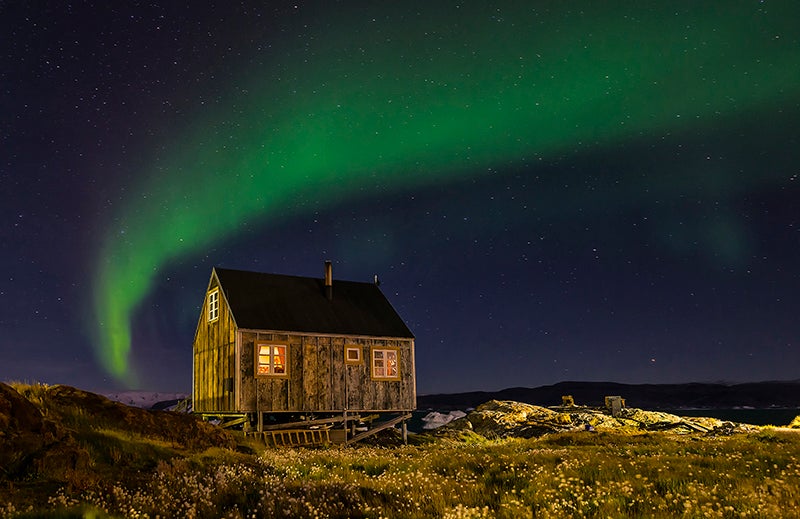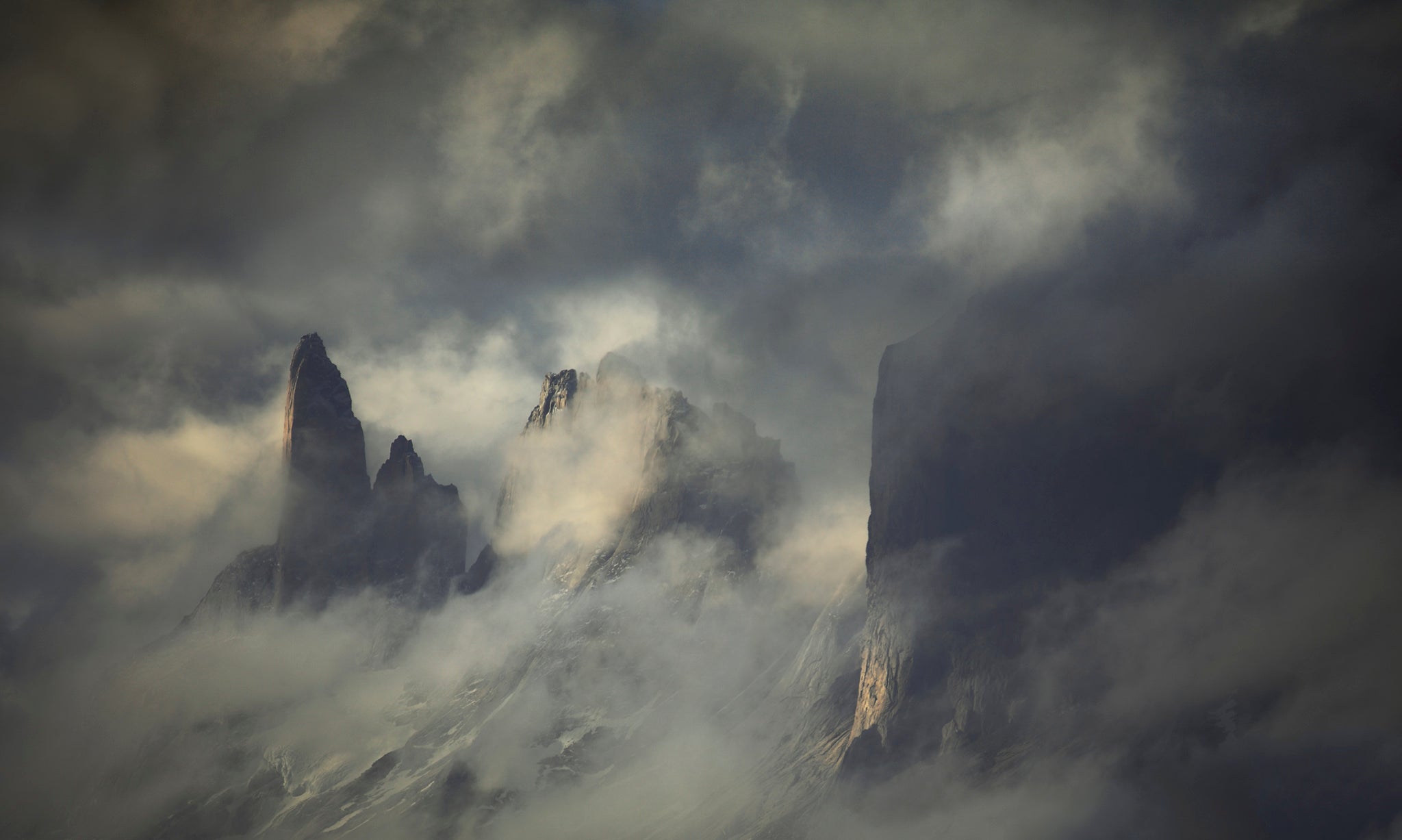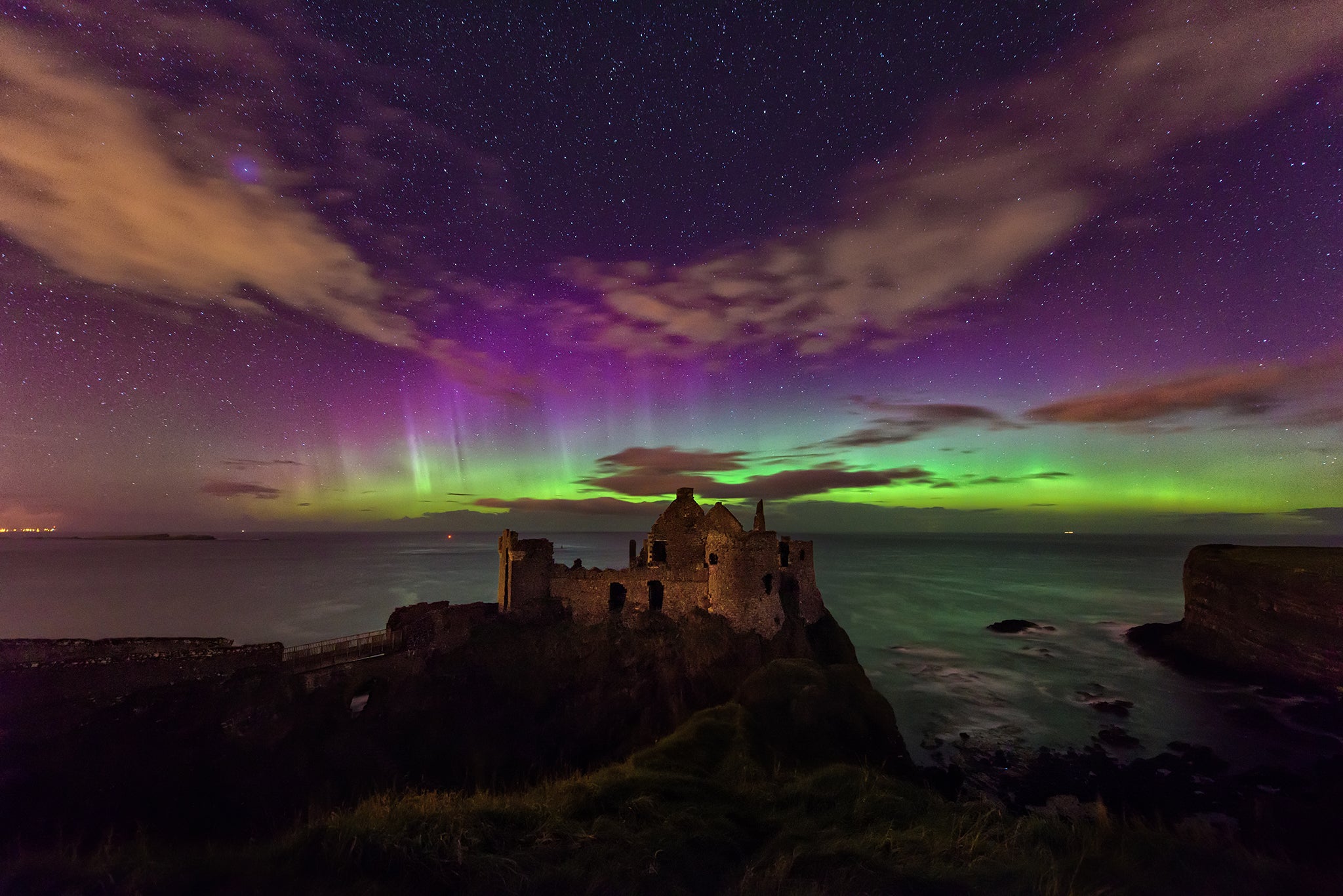
There are few people who have captured Iceland as thoroughly as Swedish landscape photographer, Hans Strand. This engineer turned explorer has found himself drawn to the spectacular beauty of nature so often that it has now become his passion.
With a focus on intimate landscapes and in connecting with wilderness, Hans' work speaks for itself, giving you a glimpse straight into the heart of the living, breathing landscape. This month, we had the opportunity to chat with Hans about how he came to be a photographer, his favourite shooting locations, as well as his techniques for creating stunning imagery.
- Check out these Summer Workshops in Iceland
- Explore this article on Aerial Photography in Iceland | Drones vs Helicopters and Planes
- Discover these 4 Popular Photography Techniques To Try In Iceland
 River Flow. Photo by: 'Hans Strand'.
River Flow. Photo by: 'Hans Strand'.
Hello Hans. Can you tell our readers a little about who you are and how you got started with photography?
I am 63 years old and started photography quite late in my life. I was 25 when I bought my first camera. It happened in 1981 during a trip to California with my class from Royal Institute of Technology in Stockholm. I took my first rolls of film ( 21 rolls ) in Yosemite N.P. I was hooked at once and found the magic of putting four corners on the landscape in front of me. A connection I can still feel when I am out shooting. Everyone in my class found me a bit crazy shooting 21 rolls of film, but it was just the result of my immediate passion for landscape photography.
After graduation from school, I then worked as an engineer for nine years, until I finally gave it up and started a new career as photographer in 1990. A change I have never regretted.
From where does your interest and passion for landscape photography originate?
It just came to me from looking through some photography magazines and books and in combination with this trip to California. I guess my childhood, growing up near one of Swedens largest river, had something to do with my love for nature.
 Cascades. Photo by: 'Hans Strand'.
Cascades. Photo by: 'Hans Strand'.
Who or what has been your biggest influence in photography and why?
At first, the inspiration came from North American landscape photographers like Ansel Adams and David Muench and later from all kinds of documentary photographers like Henri Cartier Bresson, Sebastiao Salgado, Edward Burtynsky etc.
What was the best piece of advice you received when you were first getting started?
I really never got any advice, I am 100% autodidact. I learned from trial and error and from studying books and magazines. When I joined several image agencies they all advised me to include people in my photographs in order to sell better. An advice I ignored and never followed. Hence my constant lack of money. :-)
 Brennisteinsalda. Photo by: 'Hans Strand'.
Brennisteinsalda. Photo by: 'Hans Strand'.
Where do you draw your creative inspiration from?
From nature itself most of the time and sometimes from exhibitions and books. I always get inspired when I get out in the wild. There is nothing as nice as walking in an autumn forest just alone with a camera in my hand. It puts me in a zen like state.
How has nature and photography shaped who you are as a person today?
I am humble for everything I have experienced through my camera lens. It has taken me all over the world and has given me opportunities to see things which very few have seen. It has also given me a perspective on different cultures and life styles.
Not only good things though. When looking down at Mother Earth from an airliner, you can easily see how man has taken over almost every single spot on our planet. Almost everything is now manipulated by humans. It is only in the most remote parts of The Arctic and Antarctica where nature still is genuine. Genuine in the respect of presence of roads and settlements, but of course affected by the warming climate.
This revelation came to me gradually and today I find it more important for me as photographer to reveal the problems rather than show the beauty on our planet.
 Highland Gully. Photo by: 'Hans Strand'.
Highland Gully. Photo by: 'Hans Strand'.
Could you tell us a little about the cameras and lenses you typically take on a trip and how they affect your photography?
When I shoot aerials, most of the time I use my digital Hasselblad for higher resolution in the files.
However, now I also bring along my Nikon D850 and lenses with super quality from Zeiss, since this combination has moved DSLR very close to medium format in terms of quality and is much faster to use.
From ground level, I usually use Nikon and Zeiss lenses. Being a former engineer, I especially like using the manual focus lenses in the Zeiss Otus series. They are mechanical wonder pieces and provide the highest technical performance money can buy. Technical quality is never an obstacle and it rewards me when I make large prints.
 Hrafntinnusker. Photo by: 'Hans Strand'.
Hrafntinnusker. Photo by: 'Hans Strand'.
Which places have been your favourite shooting locations so far and why?
Iceland has become my favourite destination. I started to go there in 1995 and it has been 34 trips since then. Unfortunately, way too many tourists have done the same and for this reason, the country and its landscape has adapted and changed. There are today way too many tourist applications in the former wild landscape, this to make the locations more convenient and safer to visit. Wooden walkways and shooting platforms do no integrate very well in a wild landscape. Quite a few of the images I have made during my earlier visits are – for these reasons – impossible to make today.
Still, Iceland has a lot of untouched spots left to explore and compared with the rest of the world, the whole island is like a National Park. If you just avoid the beaten track, you will find your own hot spots. Not necessarily iconic, but still special.
Too much of today's landscape photography is sensation oriented. I would like to see more quiet visual poetry rather than high mountains with hallelujah skies. Unfortunately, the Internet has made photography more and more stereotyped. It has also made landscape photography into a race in terms of sensation and colour.
Way too many photographers are copy pasting shooting sites and compositions. This after seeing them on Internet. I can not understand the reason for making these shortcuts. To quote Swedish photographer, Christer Strömholm: “Only dead fish floats with the stream”. For instance, it seems like no one can visit Iceland without shooting Kirkjufell nowadays? It is not even a nice place in my opinion.
 Laki. Photo by: 'Hans Strand'.
Laki. Photo by: 'Hans Strand'.
- See also: How to Photograph Rainbows in Iceland
How do you choose what you are going to shoot?
I plan for something and often end up shooting something else. Therefore the result is often a spontaneous reaction when I come to a new location.
What is your top tip for new landscape photographers when it comes to mastering light?
For some reason, landscape photography has become synonymous with warm morning and evening light. I think working in a mix of different light conditions will make your photography more interesting. I am personally not a fan of romantic sunset and sunrise images. At least not all the time. Looking at images with sweet light over and over again is like eating a multi course dinner with just desserts.
I find overcast light very nice for landscape photography. It also allows you to take your time finding the optimal compositions and you will have no problems handling the contrast. In Iceland, which is dominated by cloudy skies, I find the light in general quite soft and easy to deal with. The only light I try to avoid is strong sunlight and clear blue skies.
 Landmannalaugar. Photo by: 'Hans Strand'.
Landmannalaugar. Photo by: 'Hans Strand'.
Tell us about your photography techniques and the post processing of your photos.
I find the composition of an image more important than its content. A great composition gives the image an architecture and reflects the intellect of the photographer.
Technically, I try to get maximum depth of field in my images. Therefore I use focus stacking most of the time. I make normally 3 focus stacks at f/11 and stack the files together using a software called Helicon Focus. It takes a little extra time, but the result is fantastic.
In the processing, which I do in Camera Raw and Photo Shop, I am very careful. I basically just set the black and white point and balance the image by darkening and brightening parts of the image. For instance, I never add saturation. As a rule of thumb, I find “less is more” and I often ask myself if the image reflects what I saw when I took it. I consider myself being a documentary photographer and I therefore try to be as true as possible in the processing of the RAW-file. Over the top processing makes images look kitsch.
 Lava Field. Photo by: 'Hans Strand'.
Lava Field. Photo by: 'Hans Strand'.
How easy – or difficult – do you find it to fit shooting in-field around desk work and other commitments? When you travel for photography, are you able to devote any time to researching new places?
I hate desk work, but I find researching interesting. I try to avoid iconic locations though. They have already got enough attention by photographers before me. I quite often look at Google Earth for new locations for aerial photography. To find and explore new locations takes time. This is the reason I have returned to Iceland so many times. There are thousands of wonderful locations off the beaten track.
What has been your biggest success in photography?
That is hard for me to say, but my aerials from Iceland would probably top that list.
 River Cosmos. Photo by: 'Hans Strand'.
River Cosmos. Photo by: 'Hans Strand'.
What sorts of things do you think might challenge you in the future or do you have any photographs or styles that you want to investigate? Where do you see your photography going in terms of subject and style?
Financing a project is always a challenge. I have many sleeping projects for this reason. I don't think my way of making photographs will change much in the future.
It is more the subjects which might go more and more towards environmental related issues rather than wild nature. I am currently working on a project called “Manmade Land” which reflects man's influence in the global landscape.
If you could only take one more picture, what do you think it would be of? How would you begin to make that decision?
This is just too difficult for me to say on a short notice, but hypothetically it could be an image of some gigantic expression of Mother Earth photographed from space. Maybe The Mackenzie River Delta in Northern Canada. It is so big that it can only be photographed from space.
For more information on Hans Strand's work, you can visit his website or find him on Facebook and Instagram.
Follow in Hans' footsteps as a travel photographer! Check out our range of international photo tours and photography workshops.












